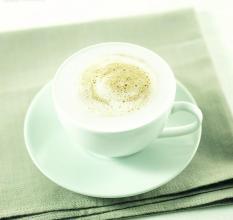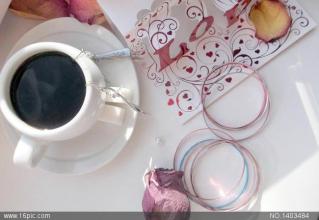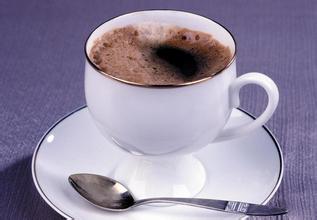Introduction to the treatment of coffee beans by semi-washing and sun-tanning honey
Introduction to the treatment of coffee beans by semi-washing and sun-tanning honey
The picked coffee cherries, including freshly ripe, overripe, and unripe ones, are all mixed together. If these coffee cherries are not treated separately, the quality of the coffee beans is really unpalatable, because it is mixed with a lot of bad-tasting impurities. So these coffee cherries should be washed and placed in a large trough full of water for preliminary classification. The best coffee has a high density, so it sinks into the water. On the other hand, overripe coffee cherries will surface and can be easily classified. Remove the pulp from the outer layer of the coffee cherry and then soak it in a large sink filled with water. After fermentation, the water-washed coffee will have a distinctive and clear flavor. The fermented coffee beans are washed with clean water, then removed from the water and dried in the sun or machine. Finally, the peel and silver peel are removed by a sheller, which can be screened and divided into different grades of raw coffee beans.
Drying method (dry method)
Drying method: with a soft sour taste and a peaceful bitter taste. This method is used in Brazil, Ethiopia and Yemen. Disadvantages: vulnerable to weather, defective beans and foreign bodies are more likely to mix.
Coffee is either left on the terrace to dry naturally, or it is dried by machine, or both. The treatment is to spread the coffee cherries widely on the exposure field for two weeks and sweep them with a rake several times a day so that the coffee beans can be dried more evenly. When dried, the coffee beans are separated from the skin, and the dried pulp and peel are removed by a sheller, then screened and divided into different grades. Both washing and drying can produce the best quality coffee. Generally speaking, water-washed coffee has distinct acidity and consistent flavor, while dry coffee has lower acidity and more changeable flavor. Colombia, Kenya, Costa Rica, Guatemala, Mexico, and Hawaii all use water washing methods. Most of the coffee produced in countries including Brazil, Ethiopia and Indonesia is dried. The selection and grading of coffee depends on the particle size and concentration of beans, as well as how many defective beans are in a pound of beans. Like the best wine, the careful handling and selection of professional coffee in the production process can be seen in the quality of beans, because the product will have a unique representation, which represents the origin, climate and growers.

Important Notice :
前街咖啡 FrontStreet Coffee has moved to new addredd:
FrontStreet Coffee Address: 315,Donghua East Road,GuangZhou
Tel:020 38364473
- Prev

Wet planing method for the treatment of raw coffee beans-- introduction to washing red honey with sun water
Wet planing method for the treatment of raw coffee beans-the next step is to take out the dense beans that have sunk to the bottom and put them into a bucket for dry body fermentation, so that the pectin sugar can be fully fermented to increase the flavor, usually between 12 and 36 hours, depending on the specific situation. Then expose to the sun for 1 or 2 days, and when the moisture is dried to 35-40%, the coffee beans will be collected into a woven bag, usually 40%.
- Next

Introduction to the price characteristics of Brazilian Arabica ground coffee Robusta
Introduction to the price characteristics of Brazilian Arabica ground coffee Robusta, if you want to ask the country or region that loves Robbins most in the world, the first place is the hometown of espresso "Italy"! To narrow it down further, to be precise, the largest use of robusta beans is in southern Italy, such as Palermo and Sicilia.
Related
- Guji coffee producing area of Guji, Ethiopia: Humbela, Shakiso, Wulaga
- What is the most expensive variety of Qiloso in BOP multi-variety group?
- How to store the coffee beans bought home?
- Why are Yemeni coffee beans so rare now?
- Ethiopian Sidamo all Red Fruit Sun Sun Santa Vini Coffee beans
- SOE is mostly sour? What does it mean? Is it a single bean? what's the difference between it and Italian blending?
- Is Italian coffee beans suitable for making hand-brewed coffee?
- How to choose coffee beans when making cold coffee? What kind of coffee beans are suitable for making cold coffee?
- Just entered the pit to make coffee, what kind of coffee beans should be chosen?
- Can only Japan buy real Blue Mountain Coffee? What are authentic Jamaican Blue Mountain coffee beans?

